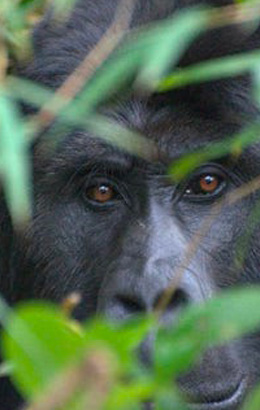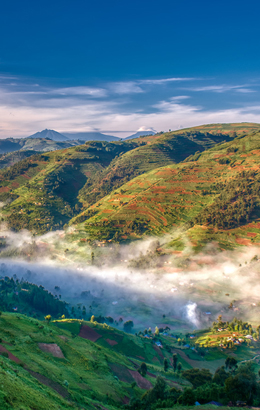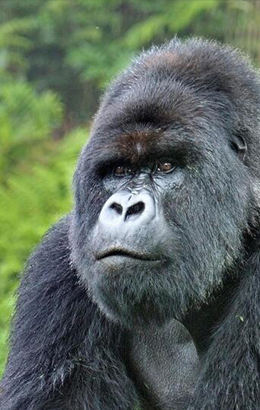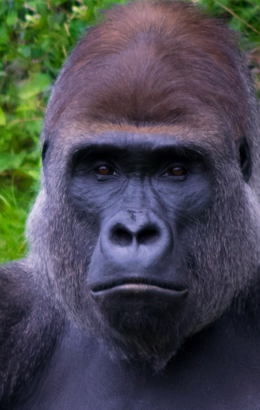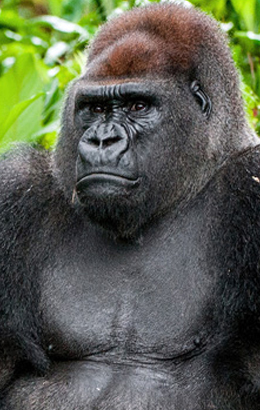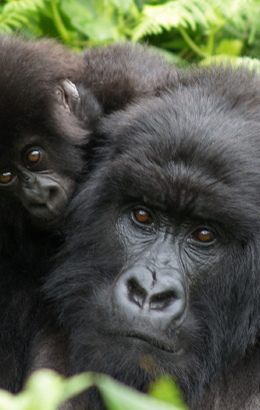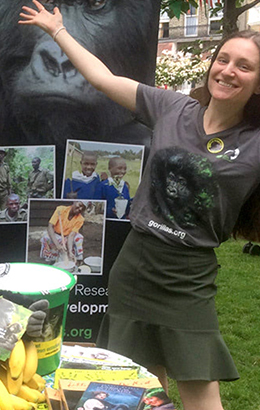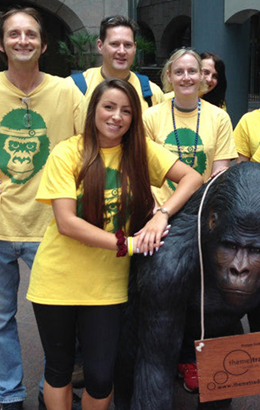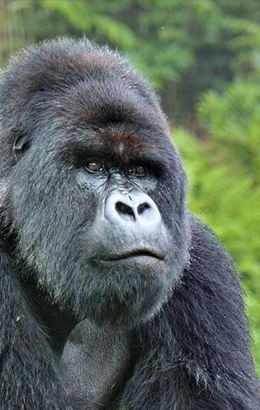Saving water to save gorillas
from a Lorem Ipsum passage, and going through the cites of the word in classical literature, discovered the undoubtable source. Lorem Ipsum comes from sections 1.10.32 and 1.10.33 of “de Finibus Bonorum et Malorum” (The Extremes of Good and Evil) by Cicero, written in 45 BC. This book is a treatise on the theory of ethics, very popular during the Renaissance. The first line of Lorem Ipsum, “Lorem ipsum dolor sit amet..”, comes from a line in section 1.10.32.
umans, however, are another matter. We need water to survive and, with the number of people living around the Virunga National Park increasing by the day, pressure on the natural resources of the region is growing all the time.
And, just as poverty and hunger can force people from local communities to trespass into the National Park, placing themselves and the wildlife living here (including our wonderful gorillas!) at risk, so too can the need for water.
That’s why I recently attended a special meeting of the Greater Virunga Transboundary Commission (GVTC) in Gisenyi. Here, we learned from scientists that the World Health Organisation recommends that people should have access to at least 20 litres of water a day. This might sound a lot, but it’s estimated that the typical person living in Britain uses about 150 litres of water a day!
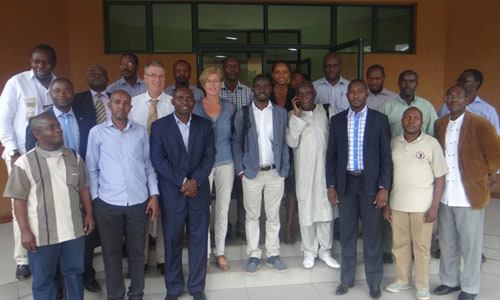
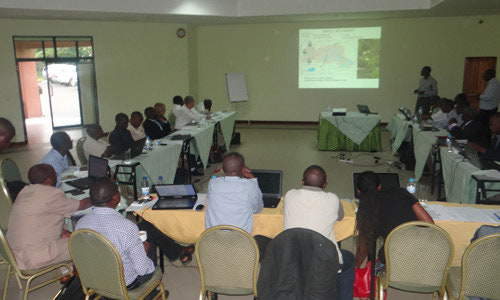
Right now, the majority of people living in the Virunga Massif do get the WHO’s minimum amount of water – but only just! However, this only tells half the story.
Perhaps the most important fact we learned at this meeting was that, while in Rwanda, most people are within 15 minutes’ walk of a water source, in DR Congo, 44 per cent of people need to walk for at least an hour to get the water they need to survive.
So, how does this affect the gorillas? Well, getting water takes time and effort. Quite simply, this means people have less time to invest in making money, while by only being able to access around 20 litres of water a day, many struggle to grow crops. And, sadly, this again means people feel they have little choice but to trespass into the Virunga National Park for food and other natural resources. As you probably know, trespassers can, at best, disturb the gorillas or, at worse, lay traps for bushmeat that can snare young gorillas, often with fatal consequences.
Again, the population of the region is only going to keep on growing, so we need to put our heads together to find a way of providing sufficient water without jeopardising the integrity of the National Park’s boundaries. The GTVC meeting, then, was used to launch a new study into the hydraulic potential of the Virunga Massif. Hopefully, by using the latest in exploration and extraction techniques, we can work together to ensure that humans get all the water they need to survive and even thrive, while their gorillas neighbours are left in peace in their forest homes!
